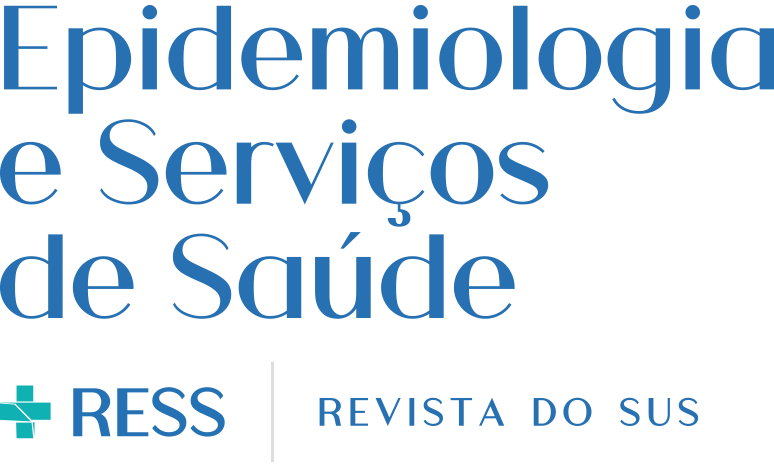Resumen
Objetivo: Analizar la tendencia de las notificaciones de autolesiones en adolescentes en el ámbito escolar en Brasil, de 2011 a 2018.
Métodos: Estudio ecológico de series de tiempo, con datos del Sistema de Información de Enfermedades de Agravamientos de Notificación utilizando la regresión lineal de Prais-Winsten.
Resultados: Se reportaron un total de 1.989 casos. Las tasas de notificación variaron entre 0,09 y 2,75/100 mil habitantes, con tendencia creciente tanto para mujeres (CPA = 66,0%; IC95% 39,0;98,3) como para hombres (CPA = 55,2%; IC95% 29,9;85,4). La región Norte mostró tendencia estable; las regiones Sudeste y Sur mostraron tendencia creciente, especialmente Rio de Janeiro (CPA = 85,5%; IC95% 58,0;117,8) y Paraná (CPA = 73,6%; IC95% 41,9;112,3). En el Centro Oeste, solo Mato Grosso do Sul mostró aumento (CPA = 54,5%; IC95% 16,9;104,2).
Conclusión: Hubo tendencia creciente en las notificaciones de autolesiones en adolescentes en el ámbito escolar en Brasil en el período estudiado.
Palabras clave:
Intento de Suicidio; Violencia; Adolescente; Estudios de Series Temporales; Sistemas de Información en Salud

 Tendencia temporal de los informes de lesiones autoinfligidas en adolescentes en el entorno escolar, Brasil, 2011-2018
Tendencia temporal de los informes de lesiones autoinfligidas en adolescentes en el entorno escolar, Brasil, 2011-2018 Thumbnail
Thumbnail
 Thumbnail
Thumbnail


